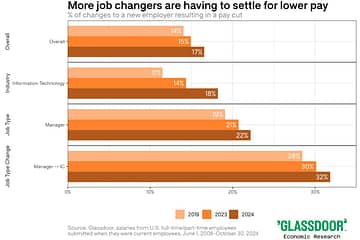Solar power has emerged as a game-changer in the quest for sustainable energy sources. In recent years, there has been a significant surge in the adoption of residential solar power systems. Let’s delve into the key trends shaping the residential solar power landscape, exploring the reasons behind this growing popularity and the potential it holds for a greener future.
Renewable energy sources have gained immense traction globally due to their environmental benefits. Solar power, in particular, has witnessed a remarkable rise in popularity. As concerns about climate change and depleting fossil fuel reserves intensify, more homeowners are turning to solar energy as a clean and sustainable alternative.

Technological Advancements and Affordability
One of the key factors driving the adoption of residential solar power systems is the rapid advancement of solar technology. Innovations in solar panel efficiency, energy storage solutions, and grid integration have made solar installations more efficient and cost-effective. The average cost for a typical 6-kilowatt (kW) residential rooftop solar system is $20,650 before any federal tax credits or local incentives. The affordability picture is only improving: according to a report by EnergySage, the average cost of residential solar panels in the US fell by 6.3% to an average of $2.67/kilowatt in H1 2021.
Falling prices of solar panels and government incentives further contribute to the affordability of residential solar power systems. Currently, less than 3.2% of single-family detached homes have installed solar panels, meaning that residential solar still has a lot of room to grow.
As residential solar power systems become even more accessible to a wider range of households, more people will be able to benefit from clean, renewable sources of energy.
Environmental Impact and Sustainability
Beyond pure cost savings, the environmental benefits of residential solar power systems cannot be overstated. Solar energy is a clean and renewable source, producing zero greenhouse gas emissions during operation. Consider the impact of fossil fuel based alternatives: in a large metropolis like New York City, heating and hot water account for about 42% of the city’s total greenhouse gas emissions, with most buildings’ furnaces or boilers running on natural gas or oil.
By transitioning to solar power, homeowners contribute to a greener planet, reducing their carbon footprint and mitigating the effects of climate change.
___
Making the choice to adopt residential solar power is like starting a garden – the more people that do, the bigger and healthier the garden will be. Every action, no matter how small, counts towards the bigger movement.
As we move towards a more sustainable future, the adoption of residential solar power systems continues to soar. The combination of technological advancements, affordability, energy independence, and environmental benefits make solar power an attractive choice for homeowners. By embracing solar energy, we not only reduce our reliance on fossil fuels but also pave the way for a cleaner, greener, and brighter tomorrow.



0 Comments